|
This is quoted from the (1973) book entitled 'Zen Art For Meditation' by Stewart W Holmes and Chimyo Horjoka (Pages 109-111). This is a classic piece of US Cold War agitation and propaganda aimed at removing the history of 'China' from the record books. Interestingly, the US (Eurocentric) racism and Japanese (Ultra-Nationalist) racism overlap to an incredible degree - both flawlessly dovetailing to co-operate in removing the machinations of genuine Chinese Ch'an history from being observed by the average Western mind. The reference for the above piece is from the work of Alan Watts and DT Suzuki - both 'frauds' and the latter a untried Japanese War Criminal. The 'British' Alan Watts travelled around the US giving highly popular 'anti-intellectual' lectures that appealed to the American sense of inflated self-interest whilst terming this Eurocentric and racist interpretation of Asian spiritual culture as 'Zen'. DT Suzuki came from a long line of Japanese fascists who served the Japanese government and its requirement to indoctrinate and brain-wash the Japanese population into mindlessly following orders as part of the Imperial Japanese Military! DT Suzuki influenced Alan Watts (and his fellow Britton Christmas Humphreys) by falsely claiming that true 'Zen' has nothing to do with the Buddhist morality contained within the Vinaya Discipline (which forbids 'killing' in word, deed or thought)! Japanese militarism, on the contrary, demanded that this moral barrier was firmly removed from the highly moral Buddhism - and people like DT Suzuki was the man to do it! He taught entire generations of Japanese youth to inherently hate 'Westerners' and the 'Chinese' as both being examples of inferior races as part of their military training! Indeed, the Chinese Ch'an Buddhist - Master Xu Yun (1840-1959) - who witnessed the Japanese atrocities in China first-hand, was of the opinion that their barbarism and inhumanity stemmed from a corrupt generation of Japanese Buddhist clerics who refused to acknowledge or follow the Vinaya Discipline! Between 1931-1945, the Japanese Imperial Army, (Airforce and Navy) killed around 60 million men, women and children throughout Asia (with a large proportion of these deaths being within China). Despite China being a staunch ally of the West during WWII, China was 'excluded' from the all 'White' panel of Judges at Nuremberg - with the Japanese atrocities committed in China played-down by Western commentators. As the US-backed Nationalist government was forced to flee to Taiwan in the wake of the success of the Socialist Revolution of 1949, the US adopted a policy of immediately rehabilitating Japanese militarism and racist nationalism - dressing it up in the false garb of 'defending' democracy from the threat of Chinese Communism. The US followed exactly the same policy of rehabilitating entire regiments of Nazi Germans in Europe - switching Hitler for 'liberal democracy'! The US made use of the anti-Socialist aspect of fascist ideology and created a political climate where the Japanese nation did not have to acknowledge its extensive crimes in China, or make any amends for these crimes. The US restructured Japan so that Chinese Buddhism was falsely presented as a) corrupt, and b) having 'died-out' centuries ago! This racist lunacy was further strengthened with the equally laughable claim (still found in US and Japanese academia) that 'Zen' only exists in Japan! The Japanese nation has corrupted 'Zen' for so long that it is in no way the representative of Chinese Ch'an! Such an absurd idea has its roots deep within US and Japanese racism! DT Suzuki taught (in pre-WWII Japan) that the Zen of 'Killing' an enemy soldier was a simple as 'breathing-in and breathing-out'! Master Xu Yun - a representative of the Chinese Ch'an tradition that US and Japanese racism falsely state 'does not exist' - taught (by way of comparison) that a Ch'an practitioner should 'not kill - or cause to kill'! And yet US anti-intellectualism views militaristic Japan as the keeper of the peace and peaceful China as the perpetuators of war! Finally, the author Stephen W Holmes was a 'Officer' in the 'Cambridge Buddhist Association (which had DT Suzuki as its founding President)! Chimyo Horjoka took over as 'President' of the above entity with the death of DT Suzuki in 1966 and by 1973 had held that post 7 years, whose broader academic career was in fine arts in the US. Neither one possessed the insight (or 'courage') to expose the anti-China narrative generated by the US post-1945, and indeed, colluded in this book to perpetuate in by writing China 'out of history!' I suspect that Cambridge University will be as embarrassed by its siding with a Japanese War Criminal and US anti-China racism - just as Oxford University's Buddhist Society will live to regret its mindless support for the equally 'racist' 'Pro-Tibetan Movement' - yet another manifestation of US anti-China racism! In the meantime, Bodhidharma conveyed the Indian School of 'Dhyana' Buddhism to China - where it became known as 'Ch'an.' Bodhidharma never visited Japan and so was not the 'founder of the Zen sect.' The modern Japanese government, in its zeal to wipe-out its historical associations with ancient China, mentions (on one of its governmental websites) the lie that 'Zen' came from India to Japan! Although it is often assumed that Ch'an spread to Japan from China during the 12th and 13th centuries (at the time of the Song Dynasty), there is also some evidence that the renowned Japanese Shingon Master 'Kukai' (空海 - Kong Hai) or 'Empty Ocean' (774-835) - was also taught 'Ch'an' and the 'Tea Ceremony' (茶流 - Cha Dao) whilst studying in China (between 804-806 during the Tang Dynasty - staying in temples in and around Chang'an! An English version of this narrative can be found in the work of William Scott Wilson. Chinese language sources suggest that Kukai also studied Sanskrit and insisted on checking that the Buddhist practices in China and Japan were extant in Indian Buddhist Sutra sources. Kukai, writing in the 9th century, confirmed that the Indian transmission of the Dharma to China was 'pure' and 'intact'! Killing the Dharma is killing the truth and this is exactly what posy-WWII US and Japanese policy has attempted to do. This can be countered by upholding the very Vinaya Discipline the contemporary Japanese people have rejected and the ancient Japanese people upheld! The ignorant Americans, however, have yet to uphold the Vinaya Discipline in any of its guises...
1 Comment
Author’s Note: In 2017, I wrote a short article about the Pali term ‘Bhavana’ and since then, I have been asked to write a more in-depth article regarding the meaning and application of this term in its Pali and Sanskrit context (both different and yet overlapping in places). Whereas in my earlier article (referenced below) I focused a great deal on the Chinese language term for ‘bhavana’ - in this outing I have limited myself to just the briefest of references to the Chinese equivalent – an act of considerable will-power considering Chinese Buddhism is one of my academic specialities (both ethnically and academically). However, I have always held the Theravada tradition in high regard and have been helped tremendously by its many practitioners and institutions around the world! From my Chinese Ch’an practice (and penetration of the empty mind ground) - I have come to see and appreciate how the many different branches of Buddhism (and reality in general) all manifest from the same stout trunk... Although what I convey to you is academically correct – you do not have to accept my conclusions. Always think for yourselves and make-up your own minds! ACW (17.9.2021) When I was studying Theravada Buddhism in Sri Lanka (in 1996), a term I came across continuously was ‘bhavana’ (‘भावना’ Pali and ‘भवन’ Sanskrit) - this was invariably used to refer to the act of seated ‘meditation’ and all the psychological and physical discipline required to successfully carry-out this important Buddhist practice. Indeed, within the Chinese written language, ‘bhavana’ is referred to as ‘修習’ (Xiu Xi) - or a central method of mind-body transformation – literally ‘self-cultivation method(s) or ‘habits’’ or ‘disciplined paths which intersect at a certain point of development’. A more succinct translation could be ‘paths of self-discipline' with the caveat that what is being suggested is the strict disciplining of the mind and body through the correct application of the Vinaya Discipline and the Bodhisattva Vows. Therefore, the single act of seated meditation has a wealth of supporting disciplinary activities surrounding its application, and does not appear does not suddenly appear out of a vacuum of non-effort. In other words, ‘bhavana’ refers to an act of ‘meditation’ which is the summation of the entire Buddhist path! Although the emphasis was always upon seated meditation, of course, standing, sitting and lying-down is allowed in the Buddhist Suttas – which very much depends upon the meditation teacher and the practitioner involved. Compassion, loving-kindness and wisdom must always be the driving force behind the practice of ‘bhavana’. As a ‘noun’, the Sanskrit dictionary states that भवन (bhavana) refers to:
The Pali dictionary suggests that ‘bhavana’ (भावना) refers to 'mental development' (lit. 'calling into existence, producing') in what in English is generally referred to 'meditation'. The Theravada School of Buddhism distinguishes two types of bhavana:
Interestingly, the very similar Sanskrit term ‘भावना’ (bhāvnā) refers to feeling, sensation, emotion and sentiment and is certainty moving toward the Buddhist (Pali) implications. Perhaps the Buddha modified a Pali term which once referred to the external practice of building houses and cultivating fields for farming – but changed its onus from this ‘objective’ meaning to a purely ‘subjective’ meaning relating to states of mind and patterns of thought and emotion. Just as rocks, weeds and stones are removed from the soil to make it fertile – the Buddhist practitioner uproots greed, hatred and delusion from the psychic fabric of the mind so that the mind becomes ‘fertile’ to receive the fruits of Buddhist self-cultivation. The Pali term appears to be referring to ‘that which arises from within’ - whilst the Sanskrit term is referring to ‘that which arises from without’. I would suggest that the inner perception of boundless space integrates with the awareness of boundless outer space – and that this is how the Buddha ultimately reconciles the two distinct meanings of this term. If a practitioner applies the Dhamma correctly – then like a plant growing from a seed into a might tree – the fruits of the Dhamma will manifest in the mind, body (and through behaviour) the environment!
Zen Teaching of Instantaneous Awakening – Ch'an Master Hui Hai Translated by John Blofeld (1962)10/22/2020 Author’s Note: Charles Luk wrote this Foreword for the British Buddhist – John Blofeld – who had spent time in pre-Revolutionary China (working as an academic in the various Universities) studying Chinese Buddhism and Daoism in his leisure time. During that time, John Blofeld even had a personal encounter with Master Xu Yun (1840-1959) - the details of which are recorded in his biography entitled ‘The Wheel of Life’. John Blofeld also travelled all over Asia before marrying an Asian woman and settling in Thailand. The ‘materialism’ Charles Luk discusses requires clarification. The Buddha recognised that the physical world existed in-front of the senses and that the human mind was ‘attached to that which it ‘sensed’. This physical world, however, exists in a continuous state of flux (or ‘change’), and is ‘empty’ of any substantiality or permanent entity. In the enlightened state, the physical world does not ‘disappear’ as if by magic, but is rather transformed through the attainment and realisation that it is ‘free’ of self, ‘free’ of greed, ‘free’ of hatred and ‘free’ of delusion! The mind is disentangled from its habitual attachment to existing material externals, and the inherently ‘empty’ mind ground is realised, cultivated and developed (as described by the Cao Dong School’s Five Ranks). The Chinese Ch’an School combines the practical teachings of the Pali Suttas and the sublime teachings of the Mahayana Sutras and forms a perfect synthesis of understanding. Charles Luk uses the term ‘materialism’ to describe the mind’s attachment to physical externals, and humanity’s obsession with accumulation of wealth and material goods through the unbridled indulgence of ‘greed’. Charles Luk laments the fact that in the early 1960s, (the time of his writing), people were more interested in the accumulation of external profit, rather than the inner process of spiritual attainment. Whereas the exclusive possession of material goods seldom grants the assumed well-being associated with amassing profit – Charles Luk states that through the proper self-cultivation associated with the inner journey of Ch’an development, true peace of mind and relief from suffering is secured! This ability to ‘self-heal’ - Charles Luk says – resides in the minds of all human-beings! The material world is not necessarily or inherently ‘bad’ per se, but becomes so, depending upon how human-beings decide to relate to it. This is why the enlightened position of the Ch’an Master is described as being ‘neither attached to the (realised) void nor hindered by (the existing) phenomenal world’. Interestingly, Charles Luk discusses the concept of the ‘patient endurance of the uncreate’. After realising relative enlightenment, (or stage three of the Cao Dong School’s Five Ranks System), the perception of emptiness only exists within the mind (or ‘head’) of the individual practitioner. To traverse into the fourth and fifth positions of the Five Ranks – a practitioner must sit with ‘patience’ whilst contemplating the void with non-attachment and adjusting themselves to circumstances. This requires the maintaining of an ‘indifference’ to those circumstance. When this process is facilitated successfully, the emptiness within the head ‘expands beyond the bony limitation of the skull – and ethereally embraces the entire environment (and everything within it). Within phonetical Sanskrit the ‘patient endurance of the uncreate’ is written as ‘anutpattidharmakshanti’, whilst in Sanskrit script it is written as ‘अनुत्पत्तिधर्मक्षान्ति’. ‘Anutpatti’ translates as ‘unborn’, ‘non-born’ ‘uncreated’ - whilst ‘dharma’ represents the ‘entirety of reality’, and ‘kshanti’ equates with ‘patient endurance’. Material reality both ‘exists’ and yet is ‘uncreated’. It takes the practice of the right method of meditation to understand this reality - whilst abiding within the state of eternal patience and endurance (or perseverance). The Standard Sanskrit Dictionary describes this state as being a ‘preparation for a future state, and acquiescence in the state and moral condition which is yet to come.’ A possible Chinese translation is - anutpatti (uncreate) ‘起源’ (Qi Yuan) or ‘that which has not yet come to fruition – but which will eventually germinate and spring-up and sprout from the ground (when watered)’ - reality (dharma) ‘達摩’ (Da Mo) which means ‘unencumbered material reality which is realised (and encountered) everywhere without hindrance’, and ‘尚蒂‘ (Shang Di) ‘to continuously uphold and esteem without hindrance or obstruction’. Therefore, the Sanskrit term ‘अनुत्पत्तिधर्मक्षान’ (anutpattidharmakshanti) is translated into the Chinese language as ‘起源 達摩尚蒂’ - although, of course, there may be other examples generated at different times and in various places as Dynasties (and policies) came and went. Incidentally, the ‘Da Mo’ is exactly the same as that found in the Chinese translation of the name of the Indian Buddhist monk Bodhidharma - ‘菩提達摩’ (Pu Ti Da Mo). ACW (22.10.2020) Dedication: Respectfully dedicated to that true Buddhist, learned scholar, and author and translator of many valuable Ch’an texts, Charles Luk FOREWORD by Charles Luk
The ancients had their unexcelled ways of teaching which seem strange to the people of this modern age of materialism, not only in the West but also in the East. For the human mind is now more concerned with material than with spiritual values; it seeks only the satisfaction of its ever-increasing desires – though these are the very cause of our sufferings – and it casts away ‘its own treasure house’, which is its paradise of eternal bliss. So long as we allow our minds to discriminate and to grasp at illusion, the ancient teaching will seem strange, even stupid and silly, to us. However, if we succeed in disengaging our minds from externals – that is if we stop all our discriminating and discerning – the profundity of that teaching will become apparent to us, for it inculcates not only theory but also that practice which will give immediate results in the sphere of reality; for a teaching cannot be regarded as complete unless it gives the practical method of reaching the ultimate goal. When the Great Pearl preached his Dharma of instantaneous Awakening, he taught its doctrine, its aim, its substance and its function; thus his teaching consists not only of the right interpretation and correct understanding of theory but also of the practical realisation of substance and function, which are the two essentials of complete enlightenment. In other words, he taught the right Dharma which is immanent in everyone and which does not come from outside. The Master’s numerous quotations from Mahayana Sutras, together with his unsurpassed interpretations and comments, show that all great master read the whole Tripitaka before or after their enlightenment, and refutes the unjustifiable contention that sutra can be dispensed with in the Transmission of Mind introduced into China by the Twenty-Eighth Patriarch Bodhidharma. The Great Pearl urged his listeners not to let their minds abide anywhere and at the same time to keep from illusory non-abiding, so that a state of all-pervading purity and cleanness would appear of itself. And even this pure state should not be clung to, in order to release the mind from all remaining relatives and thereby attain realisation of the ‘patient endurance of the uncreate’ (anutpattidharmakshanti) which is an essential condition of complete enlightenment. Thus, his instruction followed exactly the same pattern of the Dharma as laid down by the Buddha who said in the Sutra of Complete Enlightenment that his disciples should keep themselves again and again from all illusions, including the illusionary idea of keeping from them, so as to wipe out all traces of subject and object until nothing further remained to be avoided – for only then could bodhi appear in full. Therefore, Part One of this book gives the Mahayana instruction for self-realisation of mind, for perception of self-nature and consequent attainment of Buddhahood. And Part Two contains the dialogues between the Great Pearl and those who came to him for instruction. If we seriously follow this teaching and practise self-cultivation, beginning with the mind as the starting point, there is every possibility that we shall succeed in reaching the same mental states as those described by the Great Pearl in his twenty-eight-line gatha. Charles Luk (Upasaka Lu K’uan Yu) Hong Kong The Chinese Ch’an School is said to have been brought to China from India in the 6th century CE by the Indian Buddhist monk – Bodhidharma. The Scripture associated with his transmission was the Lankavatara Sutra. Although associated with the Yogacara School today within popular Buddhism, a debate exists as to its actual place within Buddhist development history, with researchers such as Florin Giripescu Sutton stating that the structure of this Sutra is more evident of a Hinayana-Mahayana crossover, rather than being comprised of a purely ‘idealistic’ arrangement. (See: FG Sutton’s book entitled ‘Existence and Enlightenment in the Lankavatara-sutra'). From my training within the Chinese Ch’an School, I believe FG Sutton’s interpretation is correct. The Chinese Ch’an School is never one-sided in its interpretation of reality, and would not accept a purely ‘material’, or ‘idealistic’ interpretation of reality. However, the Chinese Ch’an School does accept the concept of an ‘integration’ of a (realised) reality that is the perfect synthesis of ‘form’ (matter) and ‘void’ (empty space). Of course, enlightenment involves the ‘turning about’ (Paravritti) of the deepest aspect of the human-mind.
The Standard Sanskrit Dictionary defines the term ‘Paravritti’ (परावृत्ति) in the following ways: barter, rebounding, revolving, change, recoiling, turning back or round, exchange, restoration of property, interchange, returning, not taking effect, reversion of a sentence or judgement and turning about. Within the context of Mahayana Buddhist Sanskrit (as used in the Lankavatara Sutra), the term Paravritti’ (परावृत्ति) means: ‘change’, ‘turning around’, ‘returning’ and ‘turning about’. It implies the permanent ‘turning about’ (as a ‘realised’ achievement of enlightenment) that occurs in the deepest (alaya-vijnana) level of the mind. The ‘deluded’ mind – which is the mind that first embarks upon the path of enlightenment – is ‘inverted’ by nature and definition of the Buddha. To rid the mind of this ‘suffering-inducing’ inversion of mind, an individual must participate in the practice of meditation as a method of effective self-cultivation. Within the Chinese Ch’an School this process involves the use of gong-an contemplation and hua tou investigation. When the inner potential is suitably strengthened, there is a ‘breakthrough’ so that the ridgepole of ignorance is broken, and the inverted-mind is rectified into the non-inverted mind of complete enlightenment. A very good definition of ‘turning about’ (Paravritti) is as follows: ‘Discrimination not rising, there is a turning-back (parāvṛtti), and there is no dependence on anything … When there is a revulsion (parāvṛtti) from discrimination, one is removed from death and destruction; … " (* 8) Gotra (眞性) according to T'ang. (* 9) Parāvṛtti, turning-over, or turning-up, or turning-back’ This ‘turning about’ equates to the third position of the Cao Dong Five Ranks – where the ridge-pole if ignorance is finally broken and a ‘still’ and ‘peaceful’ state of mind is attained. Although only the ‘relative’ (or ‘Hinayana’) position of enlightenment, nevertheless, it is already ‘beyond the worldly’ - because the dualism and discrimination premised upon on it - no longer arises in the mind. There is a ‘revulsion’ toward ALL discrimination - which is the essence (and ‘cause’) of delusion in the mind and suffering in the body and environment. From here, Mahayana enlightenment is achieved through further training (as the Cao Dong of the Five Ranks positions of four and five are traversed). Within the written Chinese language, the Sanskrit term ‘परावृत्ति’ (Paravritti) is represented by the two ideograms ‘反射’ (Fan She). When read together, the concept of a ‘reflection’ (as from a ‘mirror’) is conveyed. Within the Surangama Sutra, the perfectly entitled mind is described as an infinite mirror ‘reflecting’ the entirety of material reality! Through this permanent (and ‘apparent’) reflection, the ‘inverted’ mind is remedied and human perception assumes the ‘correct’ or ‘enlightened’ orientation. (When describing the state of enlightenment to the unenlightened – the analogy of a ‘reflecting mirror’ is invariably used). The ideogram ‘反’ (fan3) carries the meaning of ‘reflect’, ‘repeat’ and ‘return’, etc, whereas the ideogram ‘射’ (she4) means ‘emit’, ‘shoot’ (an arrow) and ‘accurately project’, etc. This means that the Chinese interpretation of the Sanskrit term ‘Paravritti’ means to ‘turn back (i.e. to ‘reflect’) with a perfect accuracy’. These are characteristics of the perfectly enlightened mind within the Chinese Ch’an position. Indian Sanskrit Reference: http://spokensanskrit.org/index.php?mode=3&tran_input=परावृत्ति&script=hk&anz=100&direct=se https://www.wisdomlib.org/definition/paravritti |
Archives
March 2024
Categories
All
|
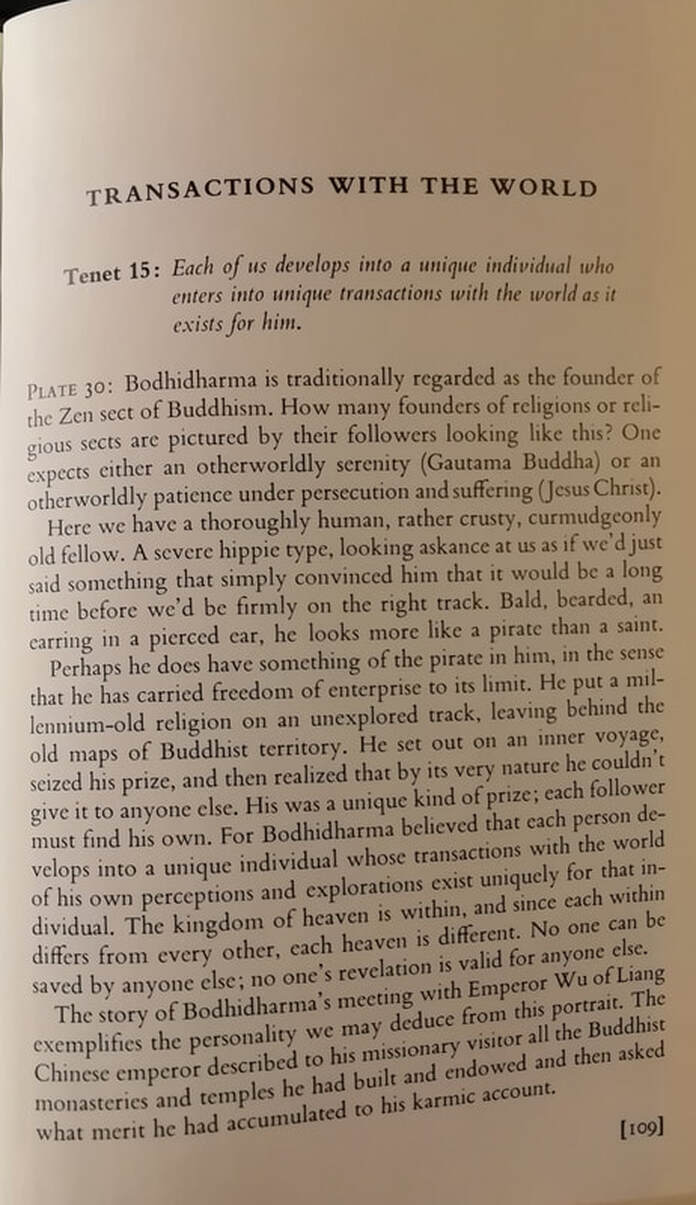
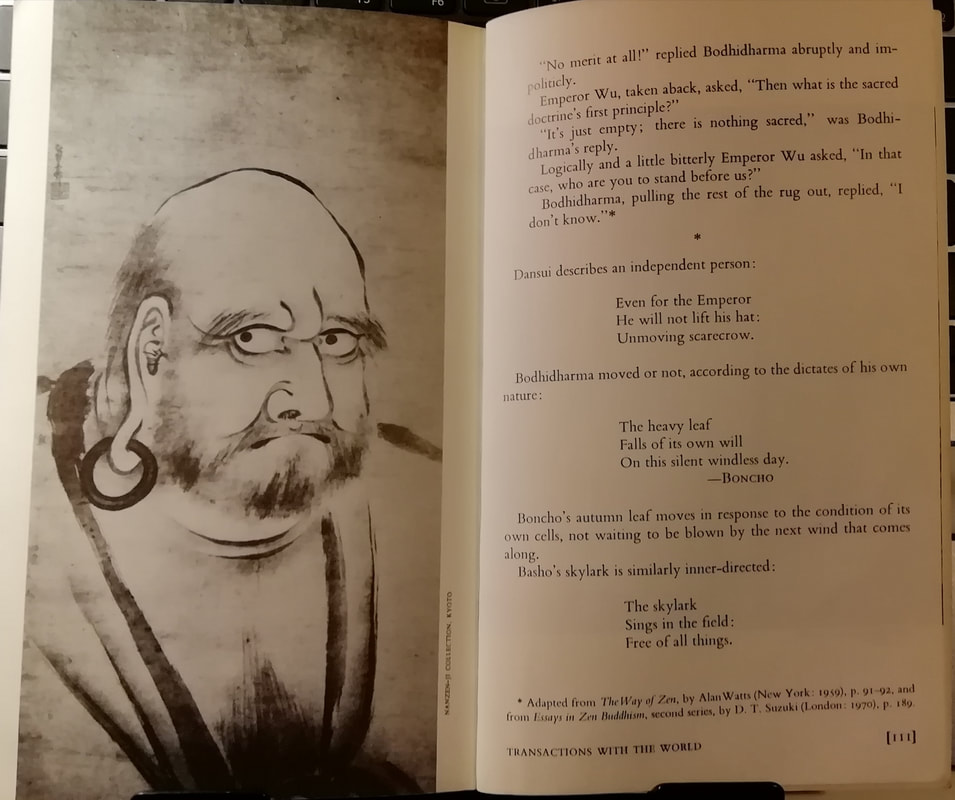
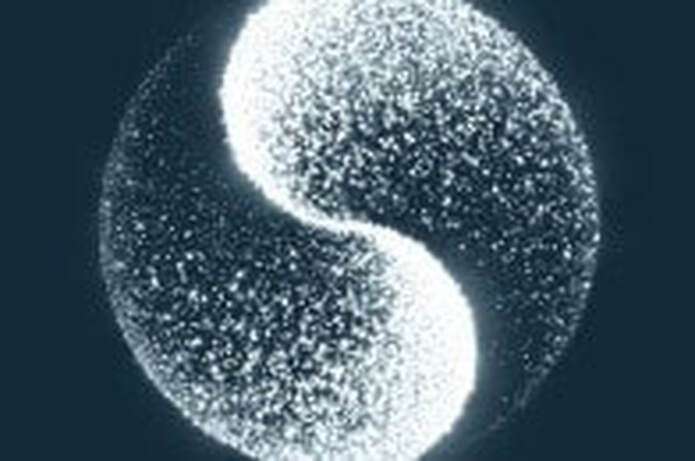
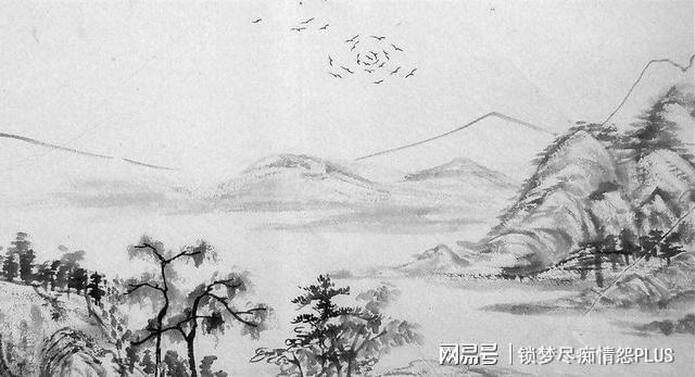
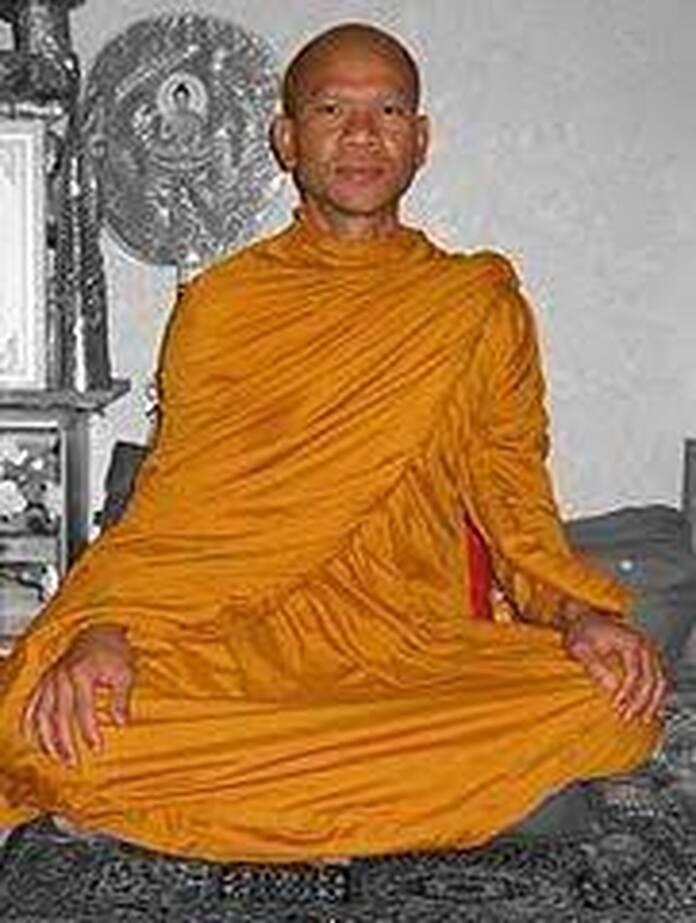

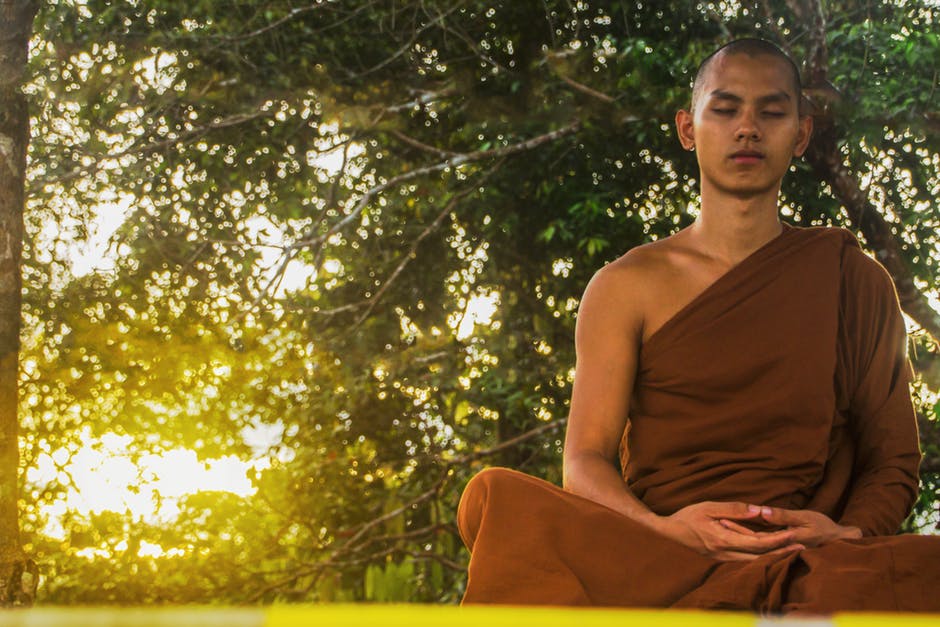
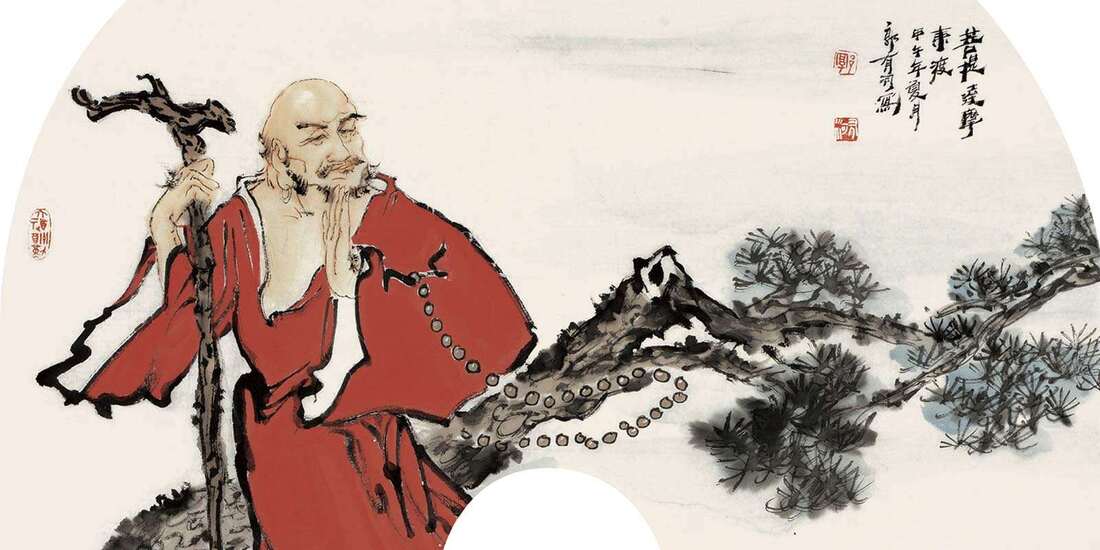
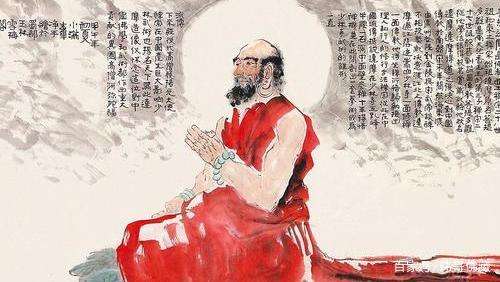
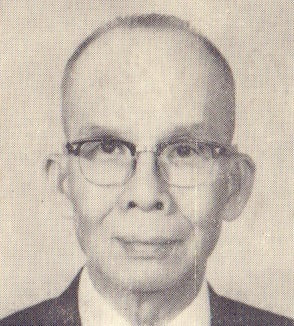

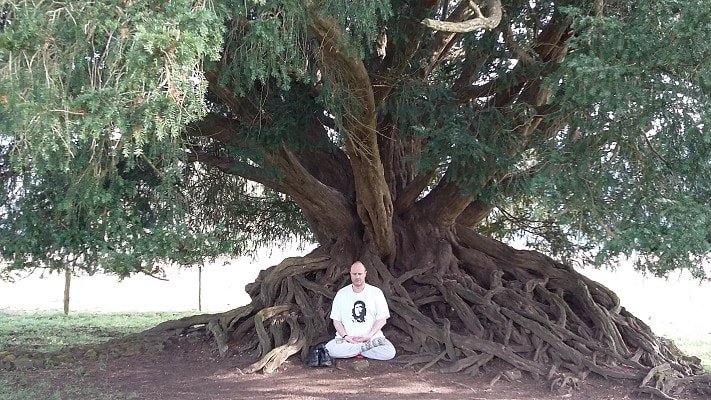
 RSS Feed
RSS Feed